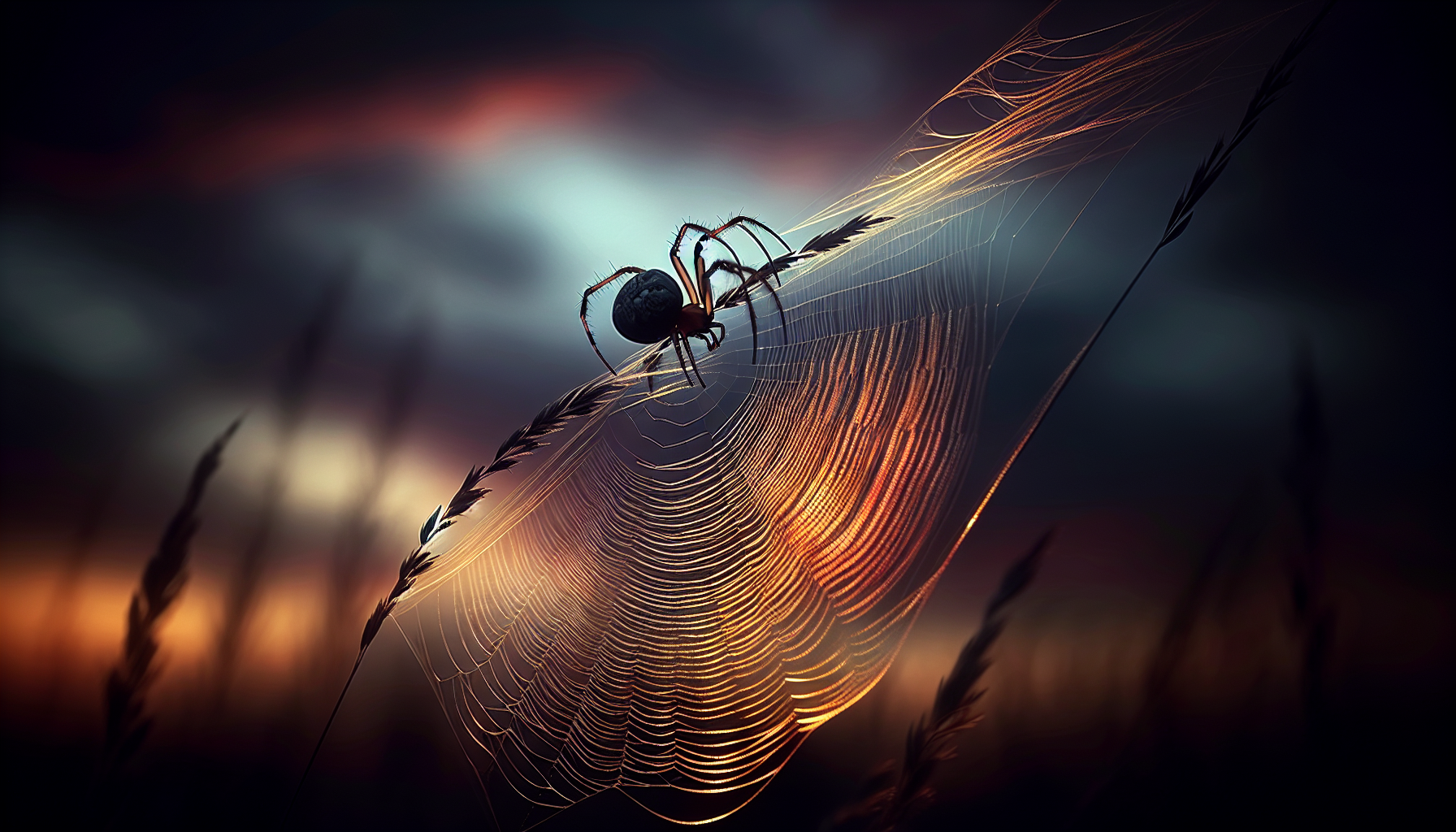
For generations, ballooning has puzzled scientists and casual observers alike. The process starts with a spider climbing to an elevated spot—a blade of grass, a twig, or even a clothesline. Once there, it raises its abdomen and releases incredibly fine silk threads into the air. These threads, so gossamer-thin that they’re almost imperceptible, act as sails, catching unseen forces that help propel the spider into the air. While this scene may sound almost whimsical, it’s a surprisingly calculated act. Spiders will test the wind, sometimes waiting hours for the precise conditions to launch.
It’s often assumed that breezes alone are responsible for lofting these small creatures skyward, but wind is far from the full story. Observing spiders in controlled environments, researchers have noted their ballooning behavior can occur even in the absence of strong gusts. This has led scientists to believe other forces are at play, turning spider flight into a topic of intense and ongoing study.
Where these airborne journeys take them can vary wildly. Some spiders may migrate just a few feet, while others have been found hundreds of miles away from their place of origin, even crossing oceans or landing on remote islands. This ability to spread across such vast distances has profound implications—not just for the survival of individual species, but for entire ecosystems as spiders arrive in previously uninhabited areas. While humans rely on vehicles like planes and boats to traverse these distances, spiders achieve it through a method as enigmatic as it is efficient.
The role of atmospheric electricity in spider flight
As scientists delved deeper into the mystery of spiders’ peculiar airborne journeys, an unexpected player emerged: atmospheric electricity. The Earth’s atmosphere is an intricate web of charged particles, with a constant supply of electrical currents known as the global electric circuit. What’s fascinating is spiders’ apparent sensitivity to this subtle electrical phenomenon—a sensitivity that may even rival some of the most finely tuned instruments humans have devised.
Researchers have observed that certain spiders exhibit their strange behavior of ballooning even in completely still air—no wind, no detectable airflow strong enough to carry them aloft. This led to the hypothesis that an entirely different force is aiding their flight. The idea hinges on how their silk threads interact with the electric fields naturally present in the atmosphere. It turns out that both the silk itself and the tiny hairs on a spider’s body can actually detect these invisible electric forces. Those delicate hairs, known as trichobothria, pick up faint changes in the electrostatic charge around them, providing spiders with a kind of sixth sense for atmospheric conditions.
When a spider releases threads of silk into an electrically charged environment, such as the open air on a clear day, something intriguing occurs. The silk threads can become negatively charged, repelling against the Earth’s negatively charged surface. This interaction creates enough force to lift the silk—and often the spider attached to it—into the air. It’s almost as if the spider is riding on an invisible escalator made of charged particles. What’s even more remarkable is their ability to subtly adjust their silk deployment and positioning to regulate lift, acting almost like skilled navigators despite lacking wings or visible control mechanisms.
To test this theory, biologists have conducted experiments replicating atmospheric conditions in the lab. In controlled settings devoid of wind but charged with simulated electric fields, spiders still initiated ballooning behavior. They lifted off their perches using their signature silk threads, confirming that wind alone isn’t the sole explanation. These findings have added significant weight to the notion that electricity, not just air currents, plays a vital role in their seemingly magical flights.
The implications are vast, nudging our understanding of spider biology and their interaction with the environment into entirely new territory. This phenomenon not only showcases spiders’ extraordinary adaptability but also invites deeper exploration into the physics of how organisms, both simple and complex, exploit natural forces that human observers are only beginning to understand. By studying this curling dance between silk and static electricity, scientists are uncovering just how elegantly nature bends physical laws in ways that often feel like magic.

